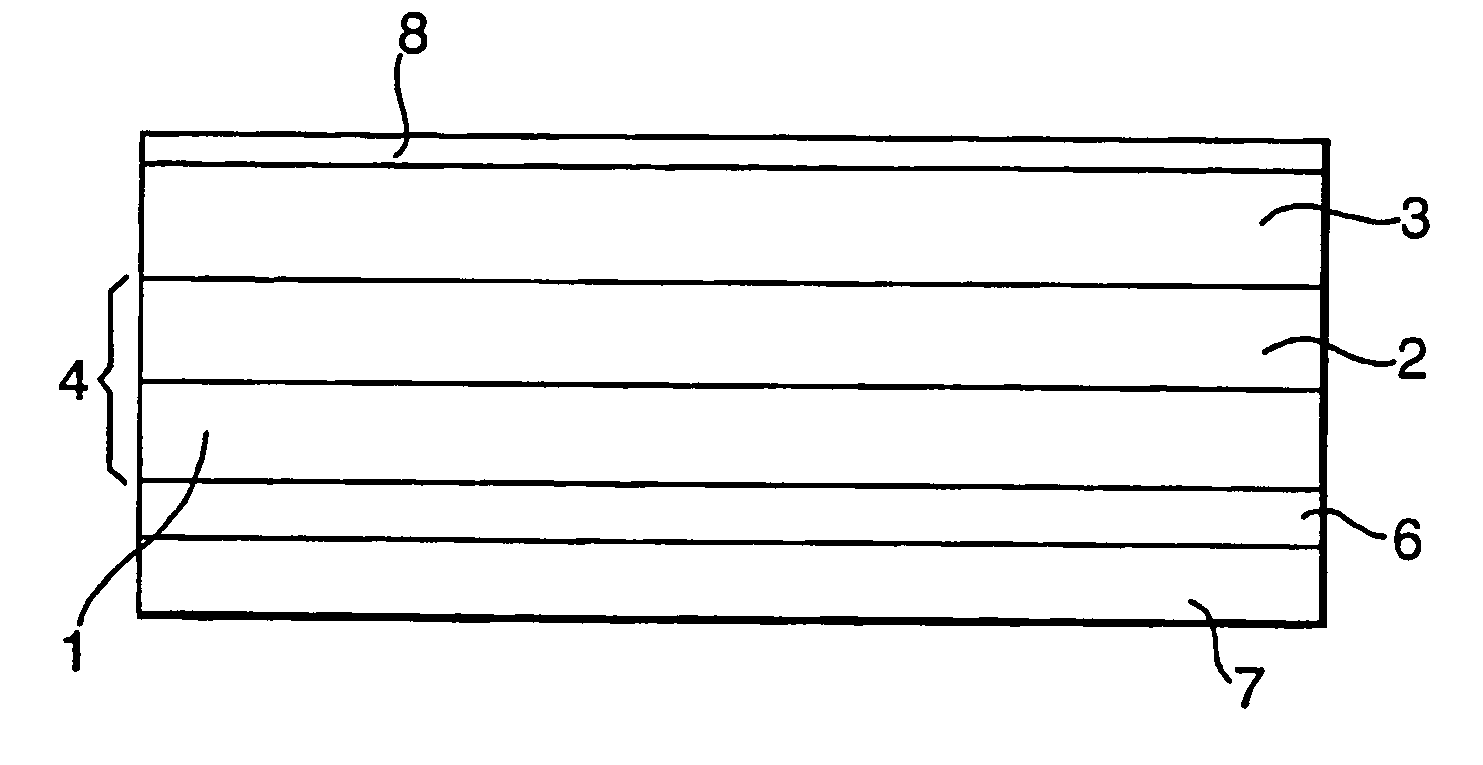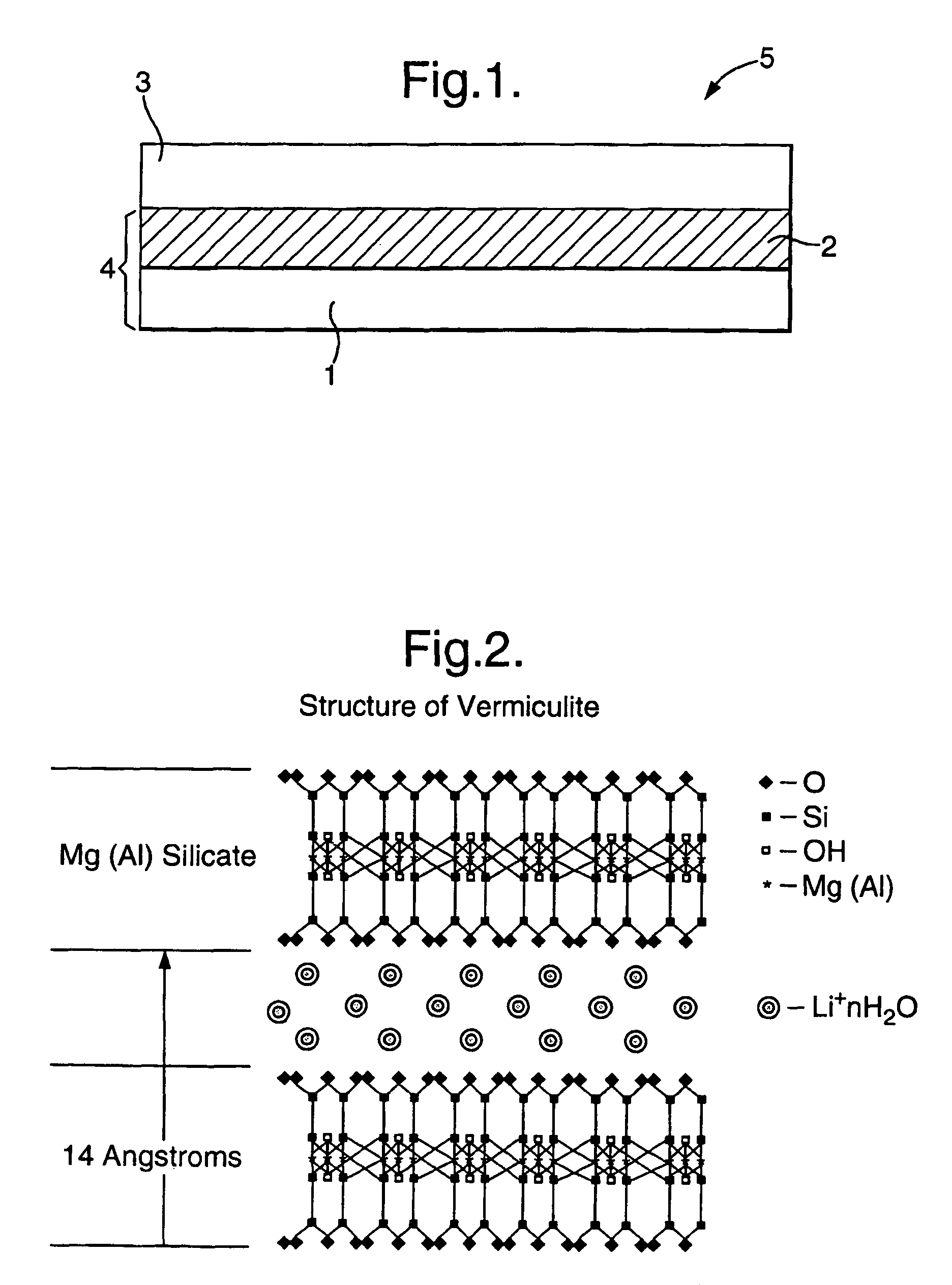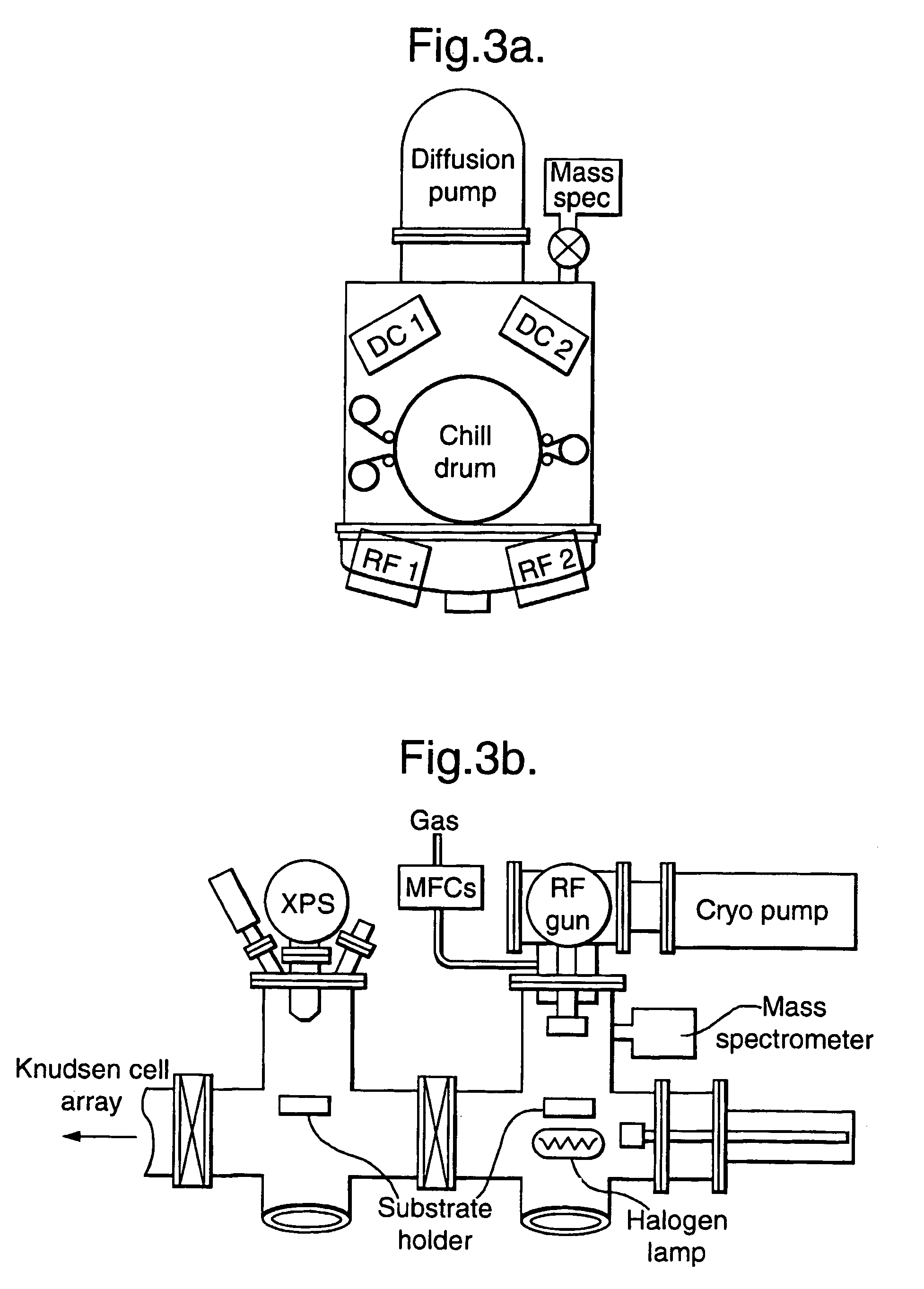Release films
a technology of film and film layer, applied in the field of release films and layers, can solve the problems of expensive and unfriendly environmental protection solvents, and achieve the effects of good thermal stability and solvent interaction, useful optical/electrical/mechanical and dispersion properties, and high crystallinity
- Summary
- Abstract
- Description
- Claims
- Application Information
AI Technical Summary
Benefits of technology
Problems solved by technology
Method used
Image
Examples
experiment 1
[0102]Coating formulation 2 was coated onto a sheet of 200HN Kapton film with a No 0 Meyer Bar. The film was then placed in an oven at 115° C. and dried for 3 minutes. This resulted in a coating free of bubbles. A similar result was obtained when a No 5 Meyer Bar was used.
[0103]Kapton® film is commercially available from Dupont.
Example of Metallisation
[0104]One method that may be adopted is a two-stage deposition process. Stage one is DC sputter deposition of vanadium metal onto a polymer web in the box coater facility. Stage two is the controlled oxidation of the vanadium layer in a vacuum furnace.
[0105]The metallised polymer is placed in a triple zone vacuum tube furnace and pumped down to ˜10−3 mbar at 100° C. overnight to remove oxygen and water. It is then ramped up to the processing temperature of 430° C. and the furnace is sealed before a controlled dose of an oxygen / argon mixture is let in. The volume of gas employed is calculated to give a 2:1 ratio of oxygen to vanadium to...
PUM
| Property | Measurement | Unit |
|---|---|---|
| Temperature | aaaaa | aaaaa |
| Length | aaaaa | aaaaa |
| Thickness | aaaaa | aaaaa |
Abstract
Description
Claims
Application Information
 Login to View More
Login to View More - R&D
- Intellectual Property
- Life Sciences
- Materials
- Tech Scout
- Unparalleled Data Quality
- Higher Quality Content
- 60% Fewer Hallucinations
Browse by: Latest US Patents, China's latest patents, Technical Efficacy Thesaurus, Application Domain, Technology Topic, Popular Technical Reports.
© 2025 PatSnap. All rights reserved.Legal|Privacy policy|Modern Slavery Act Transparency Statement|Sitemap|About US| Contact US: help@patsnap.com



